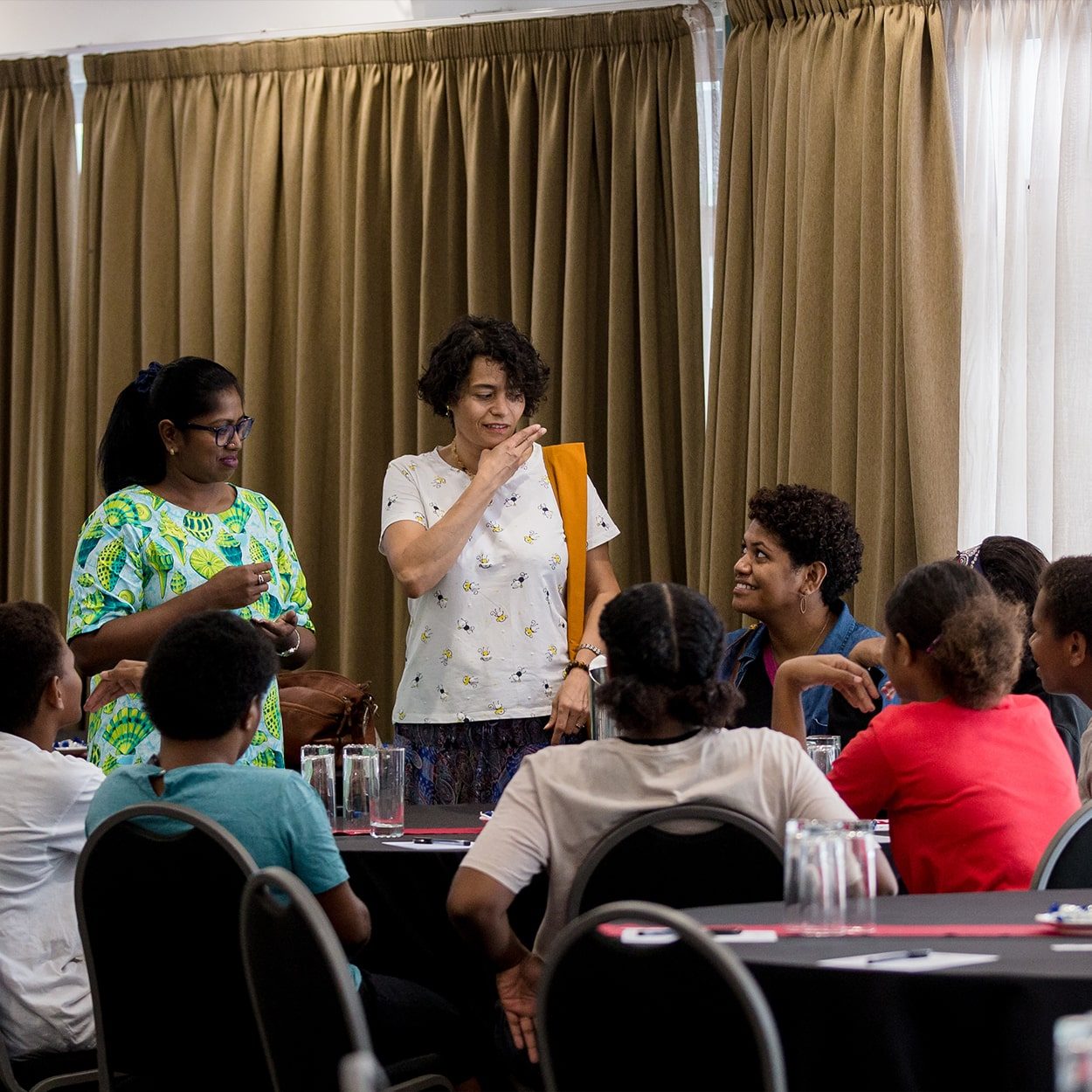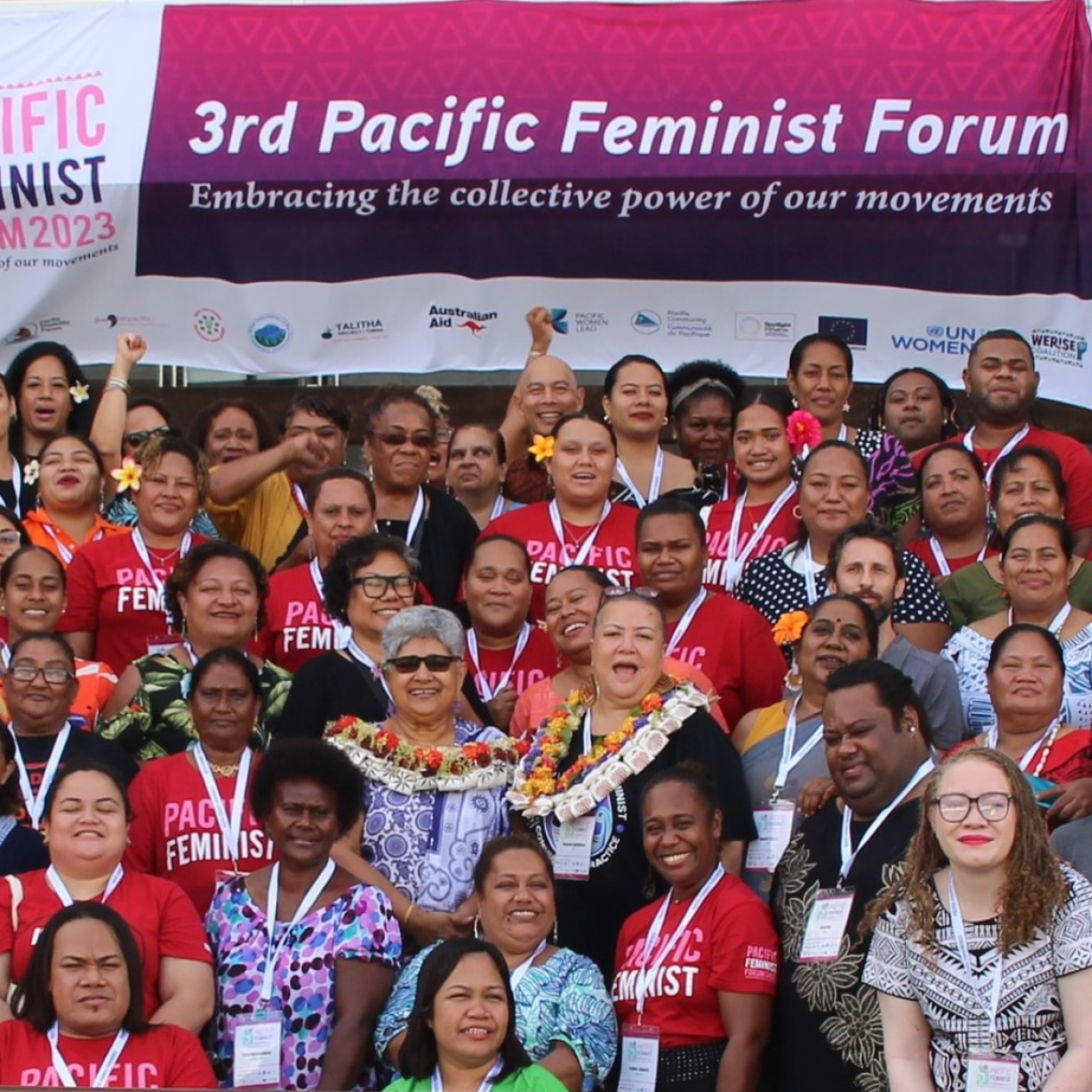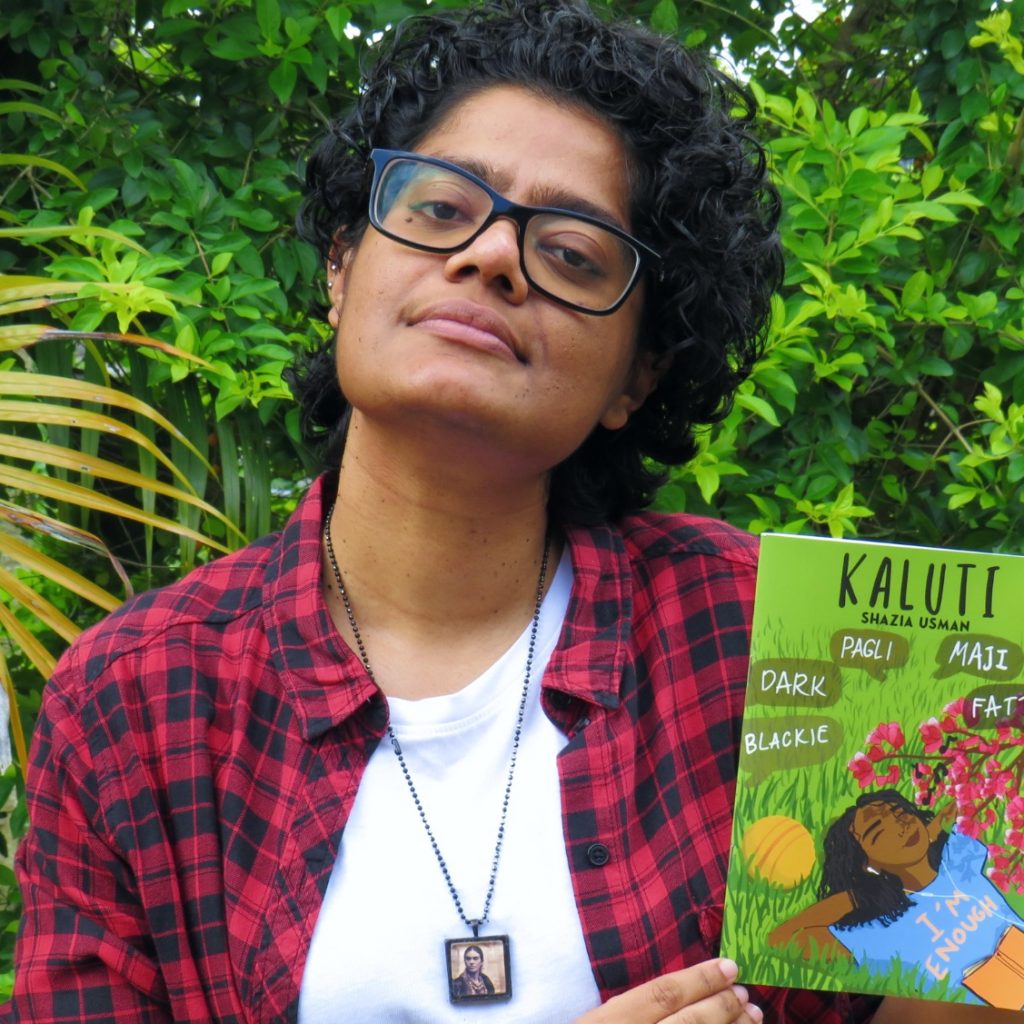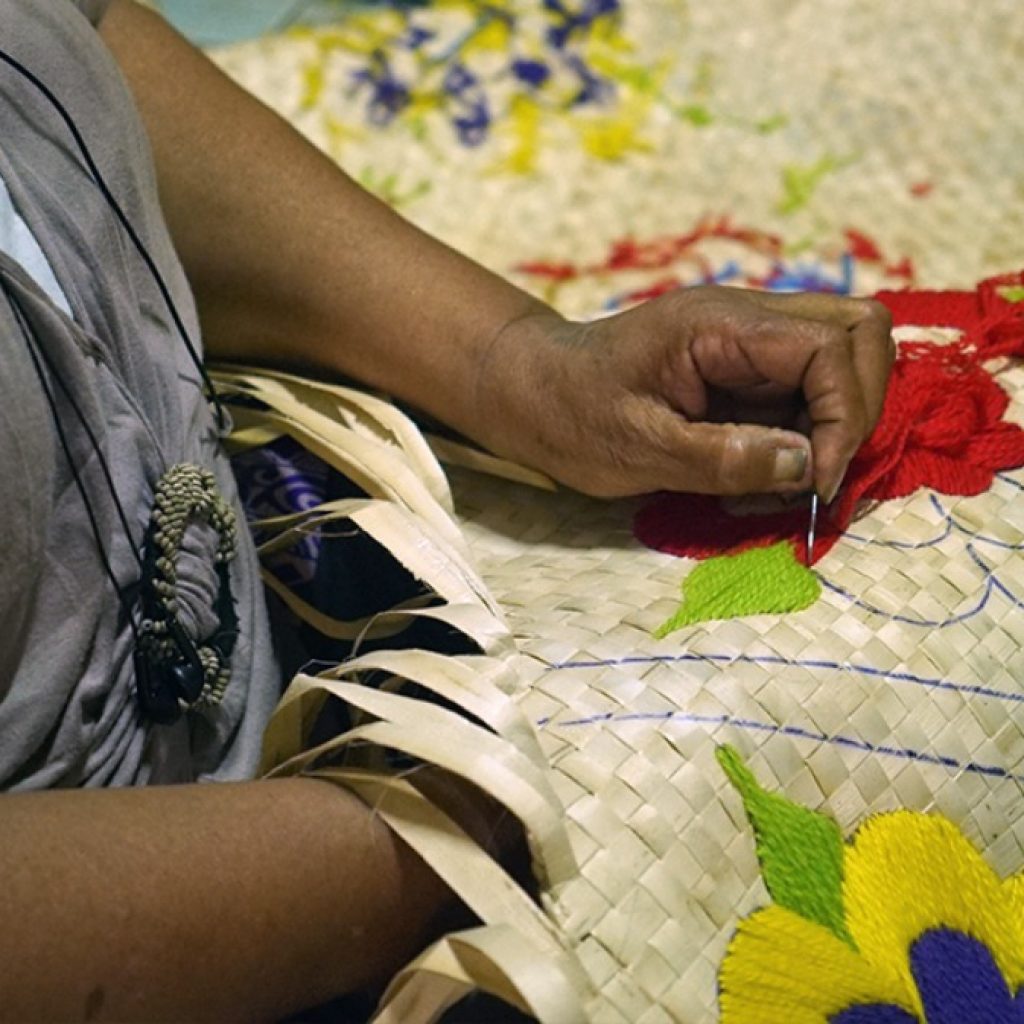
What is the informal economy?
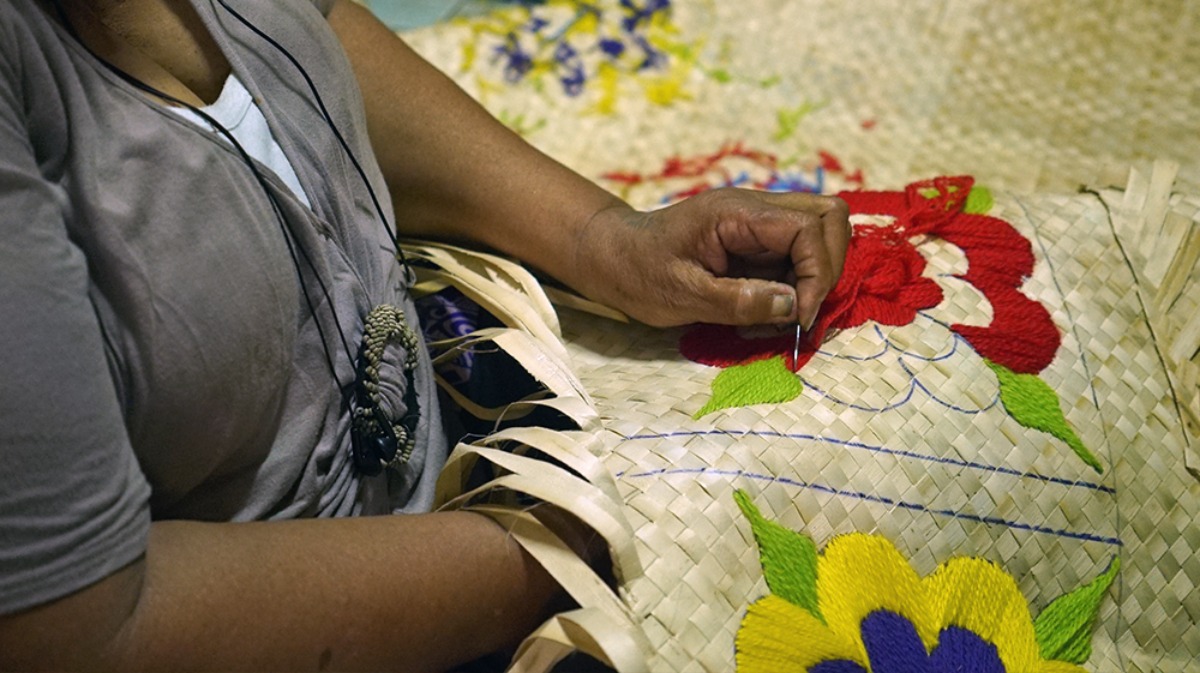
Women’s economic empowerment is a major pillar of what we do. We believe that diverse women have the right to equal power and opportunity to make and act on economic decisions and share in economic benefit. A large component of this is work that is fairly paid.
For many of us, this means working, paying tax, and being protected with legal and financial frameworks that give us rights and give our employers standards they must uphold. But for a huge portion of women, particularly those living in developing countries, this isn’t what work looks like. In these countries, agriculture makes up a large portion of employment. But when you take agriculture out, somewhere between 50% and 75% of employment is in the informal economy.
What’s the informal economy?
If you’re employed in the formal economy, you more likely than not have a contract, a wage that falls within awards, and are protected by labour laws. You can join unions and collectively bargain for changes to your working conditions. You’re granted social protections like pensions, study allowances or income assistance. You’re owed personal and annual leave if you work full time, or are financially compensated with a higher wage if you’re a contractor.
The informal economy lacks these things. At its most basic, the informal economy is made up of economic activity that falls outside government regulation or protection. This means there are few legal mechanisms in place protecting rights to decent and dignified work.
What are the risks?
Not all informal work is ‘bad’ – in regions where there are few options for formal work, the informal sector gives people an opportunity to build their own financial independence and support themselves and their families. In the Pacific, particularly in rural areas, the majority of people are employed in informal work like paid domestic work, making, selling and on-selling products or engaged in services in unregistered businesses that do not have licenses or pay tax.
The problem is that because these areas aren’t regulated, workers have no guarantee they will be paid. They are also more likely to experience labour exploitation and abuse, including unsafe work conditions or harassment, forced overtime, or termination without notice. Informal workers are more likely to earn less, and because of the precarious nature of the work they’re engaged in, they’re more at risk of poverty. Because of the lack of social protections like pensions and superannuation, they’re also more likely to live in poverty in old age – women far more so than men.
Economic shock, which refers to the capacity for a person or household to sustain themselves with significant changes to the economy, is also a risk. The planet is experiencing more and more extreme weather events due to climate change, and is in the midst of the worst humanitarian crisis since 1945. As these events spread, the risks involved in having an unreliable income and unprotected work increase, and this disproportionately effects women.
Why does it so heavily impact women?
In the majority of countries, women make up a higher percentage of the informal economy. There’s no single cause of this, but there are a few contributing factors. In many countries, women are still less likely to be granted their right to an education, and are more likely to be illiterate. This means that from childhood women are given fewer chances to develop skills that are valued in the market economy.
In all countries, women and girls do the bulk of unpaid care and domestic work. Women, on average, spend twice as much time on household work as men and four times as much time on childcare. In Asia Pacific, this figure is even higher; in Cambodia, for example, women report doing five times more domestic work than men. This leaves them with less time to work, and a need for flexible work arrangements that, in many cases, formal employment cannot provide.
Because they’re already having to juggle domestic work and caring for children and the elderly, this means that many women end up working in jobs that can carry more risk. There’s increasing evidence that women tend to work in more precarious forms of informal employment, such as home-based producers of textiles, while men are more likely to be employers, even in sectors dominated by women.
What needs to change?
Informal and formal work are sometimes classed as ‘good’ and ‘bad’ respectively. But informal work often plays a critical role in giving many women a chance to economically sustain themselves when the formal sector may not. Rather than viewing it as something that needs to be stamped out, policies and protective frameworks need to acknowledge informal work, and do more to provide protection to those it employs. Labour rights are human rights, and human rights are universal.
Under international law, informal workers are recognised as having many of the same rights as formal workers. While governments might be slow to regulate sectors dominated by informal workers, many women across Asia and the Pacific are organising themselves into trade unions and workers associations. These provide a way to demand respect, dignity and equality in their work and provide a pathway to greater protections.


